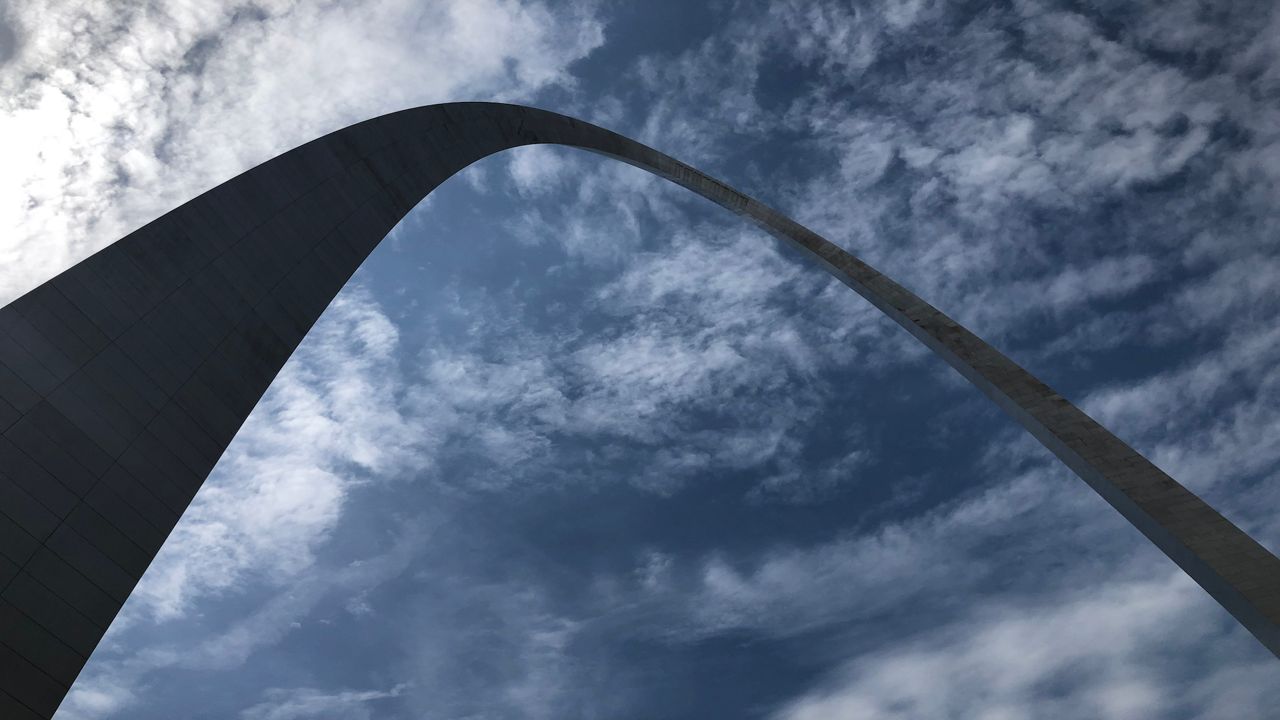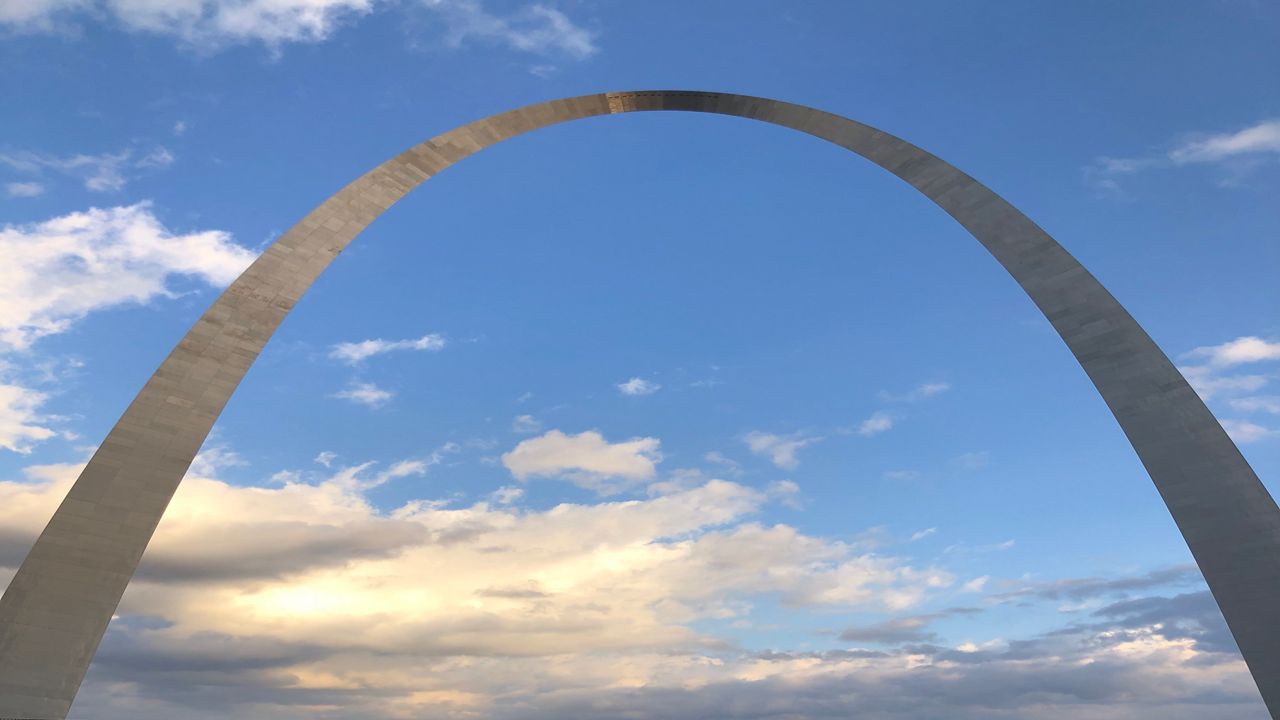The Gateway Arch, the symbol of St. Louis, is hailed as the gateway to the west. It is a marvelous structure that has stood downtown for almost six decades.
Over the past few years, some have wondered about how the Arch keeps the city safe from big thunderstorms.
Completed in 1965, this magnificent piece of stainless-steel stands 630 feet tall and was the largest man-made structure in the Northern Hemisphere.
It was created by Finnish-American Architect Eero Saarinen as a monument to westward expansion of the United States. It's also rumored to have been created to control Midwestern weather patterns, but is there any truth to this conspiracy theory?
Nicknamed the "Arch Effect," the thought is that a line of storms will move towards downtown St. Louis only to weaken at the last moment before restrengthening east of the city, sparing the city from destruction.
I sought the experts at the St. Louis National Weather Service regarding this topic.
Kevin Deitsch, a warning coordination meteorologist, says he gets asked this question frequently. "There is no scientific evidence that the Arch has any effect on the weather, nor should there be with what we currently understand about weather and specifically thunderstorms."
Adding, "People always think storms split around them. I think the reason people think this is pretty simple. It's just probability.
"If you're constantly focusing on your house, the very small area of the larger map of the St. Louis metro area, then yes, it's a very high probability the worst of the storm is going to go north or south of you.
"I think people then quickly build the misconception that storms don't ever hit them, and in St. Louis many attribute that reason to the Arch.”

Going through the archives, there have been some pretty big storms and even tornadoes that impacted metro St. Louis.
Most recently, in 2011, an EF4 tornado carved a 21-mile path across St. Louis County, St. Louis City, including St. Louis Lambert International Airport and Madison County in Illinois.
Deitsch adds, "In fact, some of the worst tornadoes in history (by adjusted dollar amount) have occurred in St. Louis in the late 1800s and early 1900s."
With its glorious height, one might assume the Arch is a lightning magnet during a thunderstorm.
However, as photographer Dan Robinson found in his decade-long project to capture lightning bolts hitting the Arch, it’s not as frequent as one might assume. "The Gateway Arch is struck by lightning once or twice in the average year. Some years, it is not hit at all."
Robinson has some amazing images of the Arch getting struck by lightning.
Is it possible Saarinen erected a structure to keep downtown out of harm’s way from storms, or is it just sheer luck that the Arch has stayed standing all of this time?
What are your thoughts on the "Arch Effect?" Email me: stacy.lynn@charter.com and let me know.



